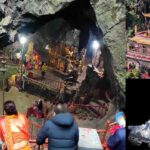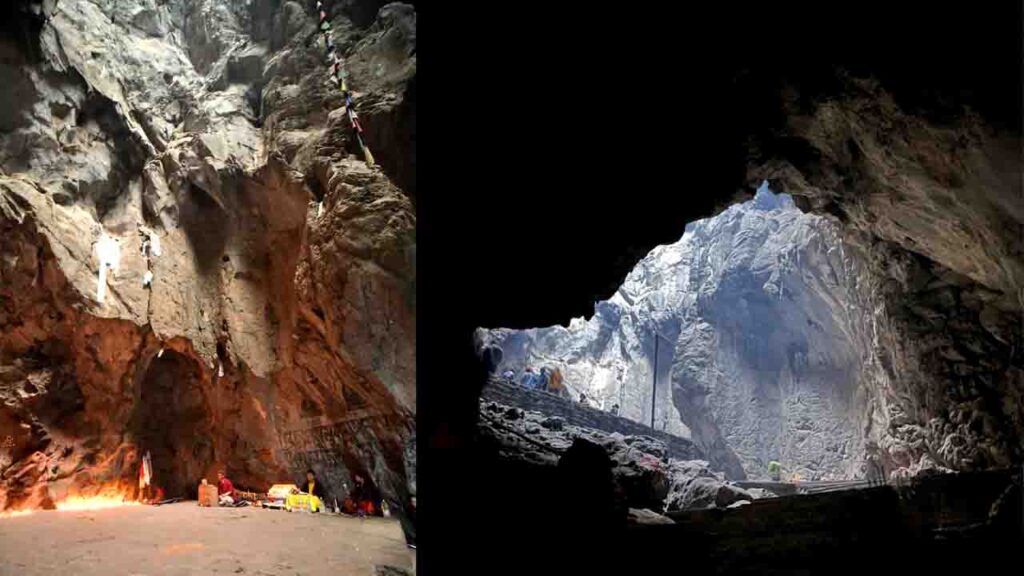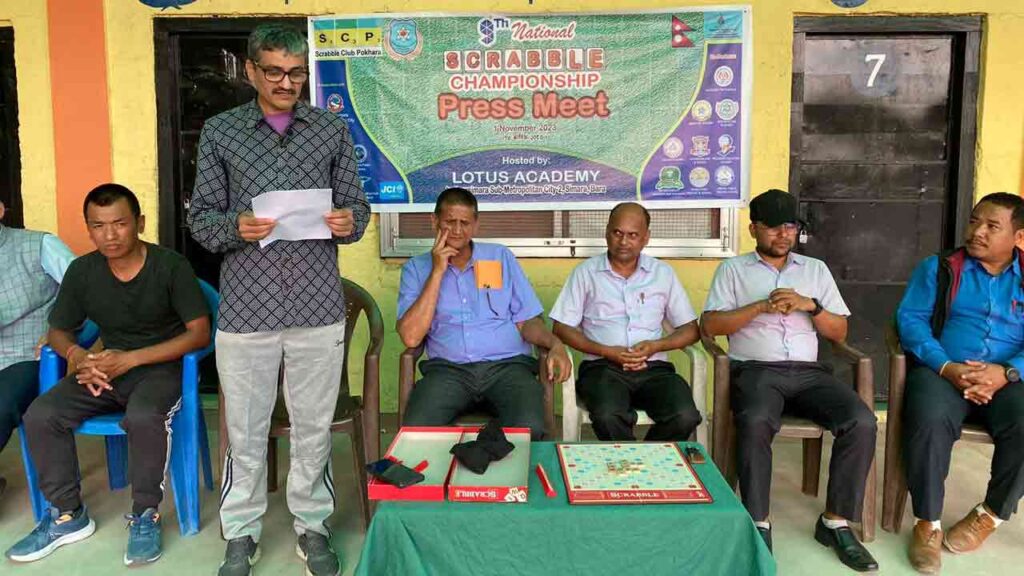Jankari Nepal – Halesi Mahadev (Maratika Cave) – Wikipedia.

Halesi is one of the most popular pilgrimage sites in Nepal. It has great significance for Hindus and Buddhists. Halesi is also popularly known as Pashupatinath of Eastern Nepal. Located in Khotang district, Halesi is 3100 feet 4734 feet above sea level. The Halasi Cave, located within the temple premises, has been believed to be in use as a dwelling place for over 6,000 years. The cave complex is renowned for its historical, cultural and religious significance, making it a popular destination for pilgrims and tourists.
Halesi Cave is also known as Halesi Mahadev. It is believed that Lord Shiva resided here, hidden from the demon Bhimasura. The cave is situated between the Dudh Koshi and Sun Koshi rivers. During Bhimasura, Ram Navami, and Ganesh Chaturthi, festivals and fairs are held in this area. Indian Hindu Vikram Sharma climbed many mountains to reach here. This place became famous in 2011, the weather here is cold and rainy. Currently, people can reach here by vehicles.
Halesi Mahadev:

Halesi Mahadeksthan is the most popular tourist destination and religious place. Halesi has three main caves, each with religious significance. These caves are dedicated to Lord Shiva. Every day thousands of devotees come from the country and abroad for Darshan Halesi Mahadev.
Halesi Gumba:

Halesi Gumba is an important religious site for Buddhists. The monastery is always considered a symbol of peace. Visitors to Halesi visit this monastery for relaxation and Peace. The peaceful environment inside the monastery provides visitors with a sense of simple joy.
Halesi Gufa (Cave):

“This is another cave of Halesi with its own significance. In the end of this cave, there is a large hole from where you can see the sky outside. Inside the cave, there is also a natural Sankha. The unique shape of this Sankha has its own distinct recognition.




